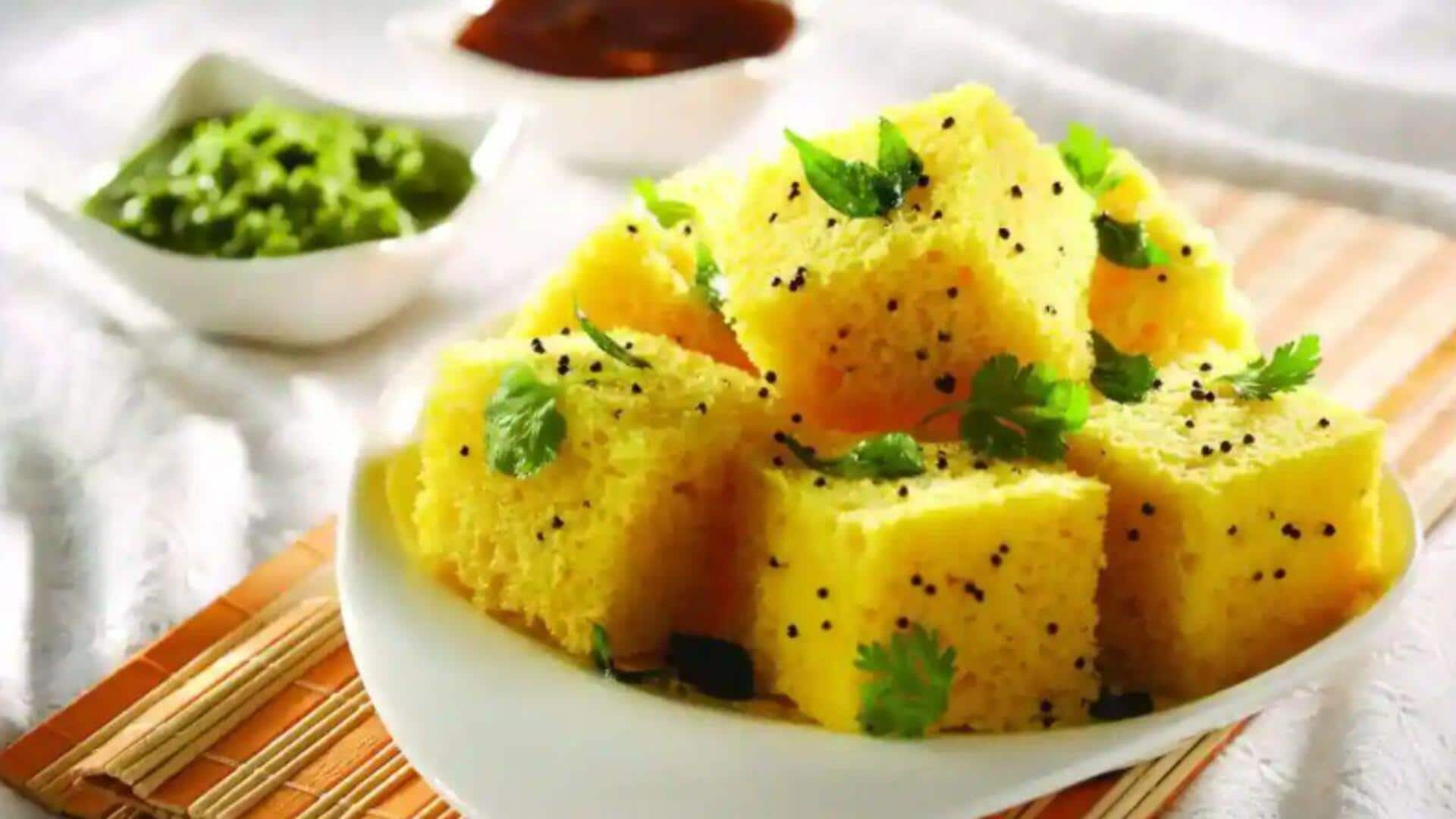
Dhokla: The snack every Indian loves
What's the story
Dhokla, a traditional Gujarati snack, has come a long way from its humble beginnings. This fermented steamed cake made from rice and chickpea batter has evolved into a global favorite. Known for its light texture and tangy flavor, dhokla is now enjoyed by people across the world. Its journey from local kitchens to international menus highlights the growing appreciation for diverse culinary traditions.
#1
Origins in Gujarat
Dhokla traces its roots to the western Indian state of Gujarat, where it is an integral part of the cuisine. Traditionally, it was prepared using rice and chickpea flour fermented overnight. The mixture was then steamed to create a fluffy, spongy cake that was often served with chutneys or pickles. Over time, regional variations emerged, each adding its unique twist to the classic recipe.
#2
Adaptations across India
As dhokla spread across India, it adapted to local tastes and ingredients. In Maharashtra, for example, it became popular as "khaman," made primarily with chickpea flour without the rice component. In other states like Rajasthan and Madhya Pradesh, variations included different spices and toppings like sesame seeds or grated coconut. These adaptations made dhokla accessible to a wider audience while retaining its core identity.
#3
Global popularity surge
In recent years, dhokla has gained immense popularity beyond Indian borders. Thanks to globalization and increased interest in vegetarian cuisine options worldwide, dhokla has made its way into international restaurants and food festivals. Its low-calorie content, combined with high nutritional value, makes it an attractive option for health-conscious consumers everywhere.
Tip 1
Modern twists on traditional recipes
Today's chefs are experimenting with modern twists on traditional dhokla recipes by incorporating innovative ingredients like quinoa or millet flour instead of regular besan (chickpea flour). Some even add colorful vegetables such as spinach or beetroot puree into the batter before steaming them into delightful shapes like mini muffins or bite-sized cubes, perfect for appetizers at parties around the world today.